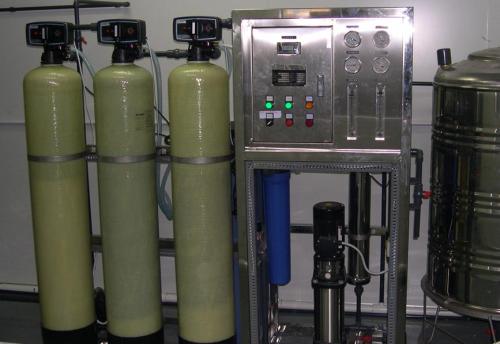 Classification of Industrial Equipment Cleaning Methods 1. Physical Cleaning The physical cleaning method is the use of hand tools and machinery to remove external forces from various types of contamination without changing the cleaning methods for the components. That is, the method does not change the original chemical molecular composition.
Classification of Industrial Equipment Cleaning Methods 1. Physical Cleaning The physical cleaning method is the use of hand tools and machinery to remove external forces from various types of contamination without changing the cleaning methods for the components. That is, the method does not change the original chemical molecular composition. 1 mechanical cleaning method: cleaner and scraper cleaning method, drill pipe cleaning method, shot peening method.
2 water cleaning method: low pressure hydraulic cleaning (low pressure cleaning pressure of 196-686 kPa, about 2-7 kg force / square centimeter, equal to 0.2-0.7Mpa).
3 High pressure hydraulic cleaning: The pressure of high pressure cleaning is 4900 kPa, about 50 kgf/cm2, equal to 5Mpa. This method is also called high-pressure water jet method, high-pressure cleaner.
2. Chemical cleaning Chemical cleaning is the use of chemical agents to remove surface contamination or overcoats (such as dirt) from chemical reactions with them, such as pickling, caustic washing of scales. In order to prevent the substrate from being corroded in the chemical cleaning or to keep the corrosion rate within the allowable range, an appropriate amount of a corrosion inhibitor and an additive that activates, penetrates, and wets is usually added to the chemical cleaning solution. Method: Immersion Method The circulation method and the cleaning method in operation are also called non-stop chemical cleaning methods.
3. Electronic cleaning method (electronic descaling, anti-scaling)
The principle of anti-fouling and descaling by the electronic cleaning method is to use a high-frequency electric field to change the molecular structure of water and prevent it from scaling and descaling. When water passes through a high-frequency electric field, its molecular and physical structure changes. The original associative chain macromolecule breaks into a single water molecule. The positive and negative ions of salt in the water are surrounded by a single water molecule, and the movement speed is reduced, and the number of effective collisions is reduced. Reduced, electrostatic attraction drops, can not be in the hot wall pipe surface structure, so as to achieve the purpose of anti-scaling. At the same time, due to the increase of the dipole moment of the water molecules, the positive and negative ions of the water molecules (capacity of adsorption of scale molecules increase, the scale on the heating surface or the pipe wall becomes soft, and it easily falls off, resulting in the descaling effect.
4. Electrostatic cleaning method (static anti-scaling, descaling)
Static and anti-fouling, descaling and electronic descaling, is also achieved by changing the state of water molecules anti-scaling, descaling purposes. It is only the latter that uses the electrostatic field instead of the electron. The mechanism is that the water molecules have polarity (also known as dipoles). When the water dipole passes through the electrostatic field, each water dipole will be arranged in positive and negative order. If the water contains dissolved salts, its positive and negative ions will be surrounded by water dipoles, and also arranged in positive and negative order in the water dipole group, cannot move by itself, and therefore cannot be close to the wall of the tube. It is deposited on the wall of the tube to form scale. At the same time, the release of oxygen in the water can create a very thin oxide layer on the tube wall, which can prevent the corrosion of the tube wall.
Japanese Ignition Coil,Toyota Corolla Coil,Corolla Ignition Coil,Toyota Yaris Ignition Coil
RuiAn HongSheng Auto Electric Co.,Ltd , https://www.hongshengignitioncoil.com